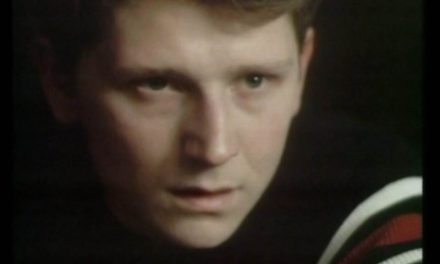Comic books have been around for decades and have since then transported many children and child-at-heart alike to different worlds beyond imagination. These days, comic book fans aren’t limited to just kids and teenagers anymore. With more and more comic books offering various storylines closer to reality, it has now become even more popular among adults of all ages.
Back in the day, comic books were only created by comic book artists by profession. Today, there are a growing number of independent comic artists that create and publish their own comics. Thanks to the recent advancements in technology, it is now possible to illustrate and even print comic books at the comforts of your own home.
Creating a comic book may seem complicated, but it’s actually easier as you might think. Here’s an overview at what goes into creating a comic book so that you’ll have an idea on what to expect once you do your own.
- Develop your storyline.
Every comic book starts with a good storyline. It’s difficult to make a comic book without having something to tell. The story setting, location, characters, plot, and the overall tone are all integral parts of a good narrative. Your task as a comic creator is to tell a story. If your comic readers can’t follow the flow of events of your narrative or if your plot has no sense, then they will just get frustrated with your work, regardless whether your illustrations can rival that of mainstream comics heavyweights.
- Sketch, ink, and color.
Once you’re done with your script, you can now start creating the art that will go with your story. One of the most common misconceptions in comic book creation is that you need to be a good at drawing. You don’t actually have to be really good at drawing to make a good comic book. As long as your illustrations are consistent – be it consistently good or consistently bad, then whatever that is will become your trademark style.
- Add in the letters.
Your comic book needs words to convey the story. This is where titles, captions, and word bubbles come into play. Captions are primarily used for narration and are typically found at the top part of the panels. It is commonly used to denote dates, locations, or transitions. Speech balloons on the other hand indicate what your characters are saying. It may come in the form of a round balloon, a bubble balloon like a cloud, or a spiky balloon with jagged edges. Variations in speech bubbles and captions can greatly affect the tone of your comics. Smooth round balloons denote a spoken dialogue, bubble balloons denote what the character is thinking, and spiky balloons denote screaming or shouting.
- Print your comic book.
These days, you can now have your comic book printed without going to the printers in person. Comic book printing companies such as Mixam have made it possible to have your comic book files printed remotely through their websites. You just go to their website, pick a printing option you fancy, upload your files, and wait for your comic book to be delivered. It’s as simple as that.
- Distribute and market your comic book.
Once your comic book is done, the next thing that you have to do is to find a way to get your comics to the public. There are a growing number of independent publishers that are always on the lookout for fresh talents, so you might want to give that a shot. You can also personally market your comics to comic book shops or even online. Visiting comic conferences and participating in other comic events is also a good way to network to fellow comic enthusiasts and spread the word about your work.
As with any other thing done for the first time, your comic book may not start out perfect. Don’t feel disheartened if your storyline and visuals are not at par with the pros. As they say, you got to start somewhere. Create as many comics as you can to hone your craft. Over time, your comic book creations will improve and who knows, one day you’ll see your work alongside the big names in the industry.

















